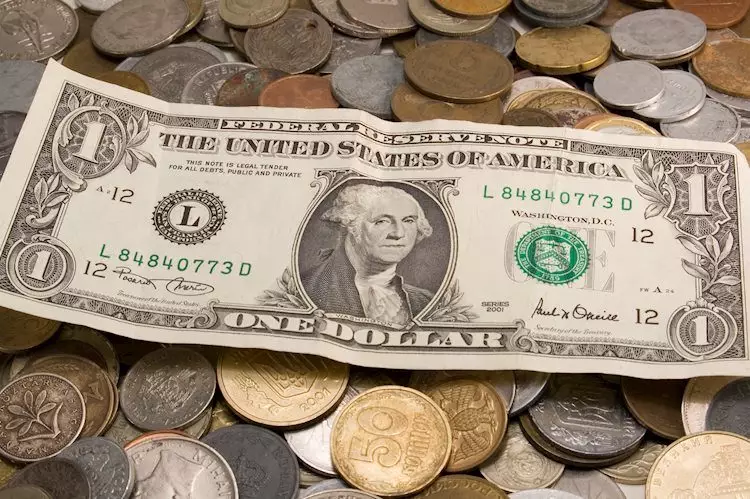The US Dollar (USD) has recently exhibited notable volatility, especially following critical decisions from the Federal Reserve (Fed). As the world’s leading reserve currency and the primary medium for international trade, fluctuations in the dollar carry significant implications not just for the US economy but for global financial markets. Despite the challenges posed by a slowing economy, the dollar’s overall strength remains resilient. An analysis of the economic indicators, the Fed’s monetary policy, and market expectations reveals a complex landscape that investors must navigate with caution.
Recent assessments, particularly from the New York Fed’s Nowcast model, forecast robust growth in the latter half of the year, with predictions of 2.6% seasonally adjusted annual rate (SAAR) growth for the third quarter and 2.2% for the fourth quarter. This stands in stark contrast to a backdrop of moderate economic slowdown characterized by high inflation and fluctuating consumer confidence. The Federal Reserve has made it clear that its future interest rate adjustments will hinge on data-driven insights, emphasizing a cautious yet responsive approach to monetary policy.
The Fed’s current stance has broader implications, especially considering the upcoming US elections, which could dramatically alter market dynamics. Market participants are currently optimistic, believing that the Fed’s approach will continue to foster loose financial conditions, which could help the economy avoid a harsh downturn. However, there exists an underlying bearish sentiment attributed to sustained dovish expectations regarding Fed interest rate cuts, which could cap any significant upside for the dollar.
Following the Fed’s recent decision, investor sentiment shifted, revealing expectations for additional rate cuts—approximately 75 basis points by year-end, with some projections reaching as high as 250 basis points over the next year. This pivot reflects a complex relationship between market confidence and Fed policy, highlighting a dichotomy where optimism can coexist with apprehensions about future volatility.
Despite recent gains, the US Dollar Index (DXY) shows signs of weakness according to key technical indicators. The Relative Strength Index (RSI) hovering around 40 suggests nearing oversold conditions, while the Moving Average Convergence Divergence (MACD) indicates diminishing buying pressure. These indicators reflect a broader sentiment where bears hold sway, casting doubts on the sustainability of the dollar’s current momentum.
The USD has established itself as a cornerstone in global finance, accounting for over 88% of daily foreign exchange transactions, with an estimated turnover of $6.6 trillion. Since rising to prominence in the post-World War II era, the dollar has evolved from being gold-backed to a fiat currency, rendering it subject to the ebbs and flows of monetary policy dictated by the Federal Reserve.
The dual mandate of the Fed—to maintain price stability and foster employment—directly impacts the dollar’s value. High inflation prompts interest rate hikes, generally bolstering the dollar, while low inflation or high unemployment can result in rate cuts, diluting its value. In extreme scenarios, the Fed employs quantitative easing (QE) to stimulate the economy by increasing the money supply. However, QE often comes at the cost of a weaker dollar, presenting a paradoxical challenge that policymakers must navigate carefully.
As we look toward the future, several factors will play a crucial role in determining the trajectory of the dollar. The interplay between anticipated economic growth, Fed policy adjustments, and market reactions will significantly influence the dollar’s strength. Investors will need to remain vigilant as the financial landscape evolves, particularly with the potential shifts in monetary policy stemming from economic data releases and geopolitical developments.
Support levels for the dollar are currently identified at 100.50, 100.30, and 100.00, while key resistance points lie at 101.00, 101.30, and 101.60. These thresholds will be crucial for traders and financial analysts attempting to gauge market sentiment in the face of potentially transformative economic news.
The journey of the Us Dollar amid economic uncertainty represents a multifaceted narrative marked by challenges and opportunities. While the immediate outlook is characterized by volatility, the underlying strength of the dollar remains a testament to its critical role within the global economy. As central banks and markets adjust to shifting dynamics, remaining informed and adaptable will be essential for navigating this complex financial landscape. Ultimately, understanding the multifarious elements that contribute to the dollar’s value will empower investors and policy makers alike in the quest for sustained economic prosperity.

